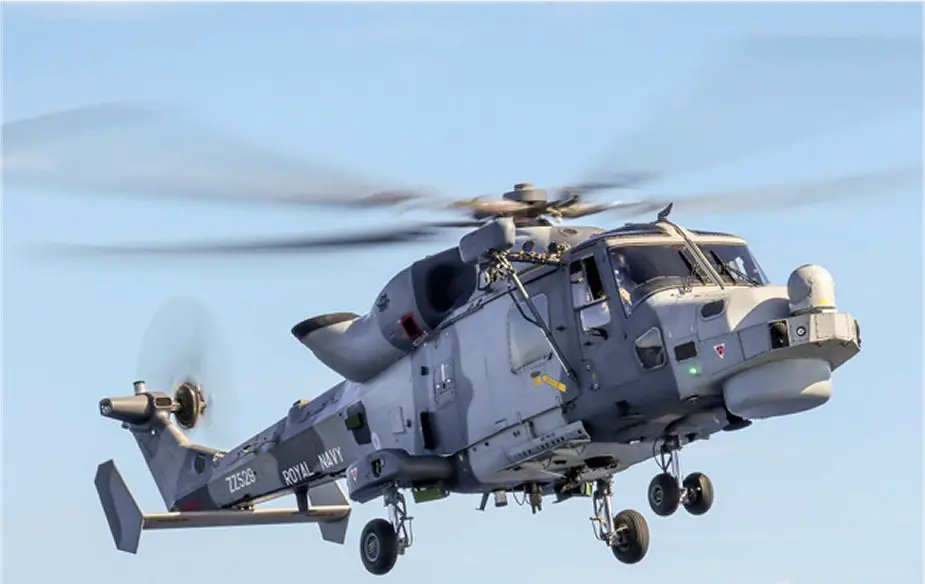Breaking news
Leonardo strengthens bid in New Zealand’s maritime helicopter replacement competition.
According to a PR published by Leonardo on April 4, 2024, the firm has inked a series of Memorandums of Understanding (MoU) with New Zealand's local industry leaders.
Follow Navy Recognition on Google News at this link
 AgustaWestland AW159 Wildcat. (Picture source: Leonardo)
AgustaWestland AW159 Wildcat. (Picture source: Leonardo)
This strategic partnership aims to support the New Zealand Defence Force's (NZDF) Maritime Helicopter Replacement (MHR) programme, offering the advanced AW159 Wildcat helicopter as a potential solution.
Under the terms of the MoU, Leonardo pledges to establish a dedicated Wildcat Support Centre in Auckland, at the Royal New Zealand Air Force (RNZAF) base, should they emerge victorious in the MHR programme.
The MoUs, signed on 20 March, have garnered support from an impressive roster of New Zealand companies, including Beca Applied Technologies, Core Aviation, Marops, Redfort Logistics Group, and United Machinists.
Leonardo's proposition extends beyond mere hardware provision. It encompasses a comprehensive package that covers technical and programme support, operations, maintenance, and crucially, job creation.
About the helicopter
The AgustaWestland AW159 Wildcat is a aircraft, manned by two pilots and capable of carrying six passengers, including a door gunner. The helicopter spans 15.24 meters in length and stands 3.73 meters high, with an empty weight of 3,300 kg and a maximum takeoff weight of 6,000 kg.
It is powered by two LHTEC CTS800-4N turboshaft engines, each producing 1,015 kW (1,361 hp), and features a main rotor diameter of 12.8 meters and a main rotor area of 128.7 square meters.
In terms of performance, the Wildcat can reach a maximum speed of 311 km/h, with a range of 777 km and a ferry range of 963 km. It boasts an endurance of two hours and 15 minutes, which can be extended to four hours and 30 minutes with auxiliary fuel tanks.
The aircraft's armament capabilities include a pintle-mounted machine gun (either an FN MAG for the Army or a Browning M3M for the Navy) and an array of air-to-surface missile systems and anti-submarine warfare (ASW) weapons for the Naval HMA2 variant.
This includes up to 20 Thales Martlet missiles or up to four MBDA Sea Venom missiles, designed to disable or destroy vessels up to 1000 tonnes, with full operational capability projected for 2026. The Sting Ray torpedo and Mk.11 depth charges are available for sub-surface targeting in the U.K. HMA2 variant, with detection support provided by other platforms.
For the South Korean and Philippine naval loadouts, the Wildcat is equipped with K745 Blue Shark torpedoes and Spike NLOS ATGM-based anti-ship missiles.
The avionics of the AW159 include the Thales Underwater Systems Compact FLASH dipping sonar array, although this feature is not deployed on the U.K. HMA2 variant. Additionally, the helicopter is fitted with a Seaspray 7400E AESA X band air-to-surface multifunction radar, Wescam MX-15Di EOIR cameras, and sonobuoys.


























